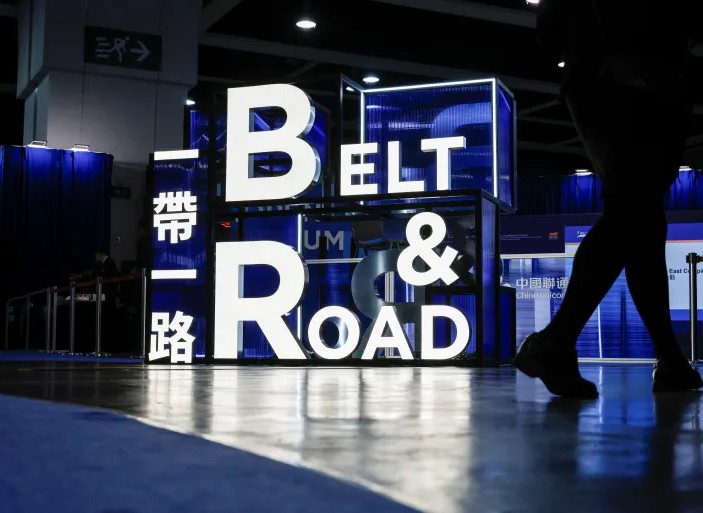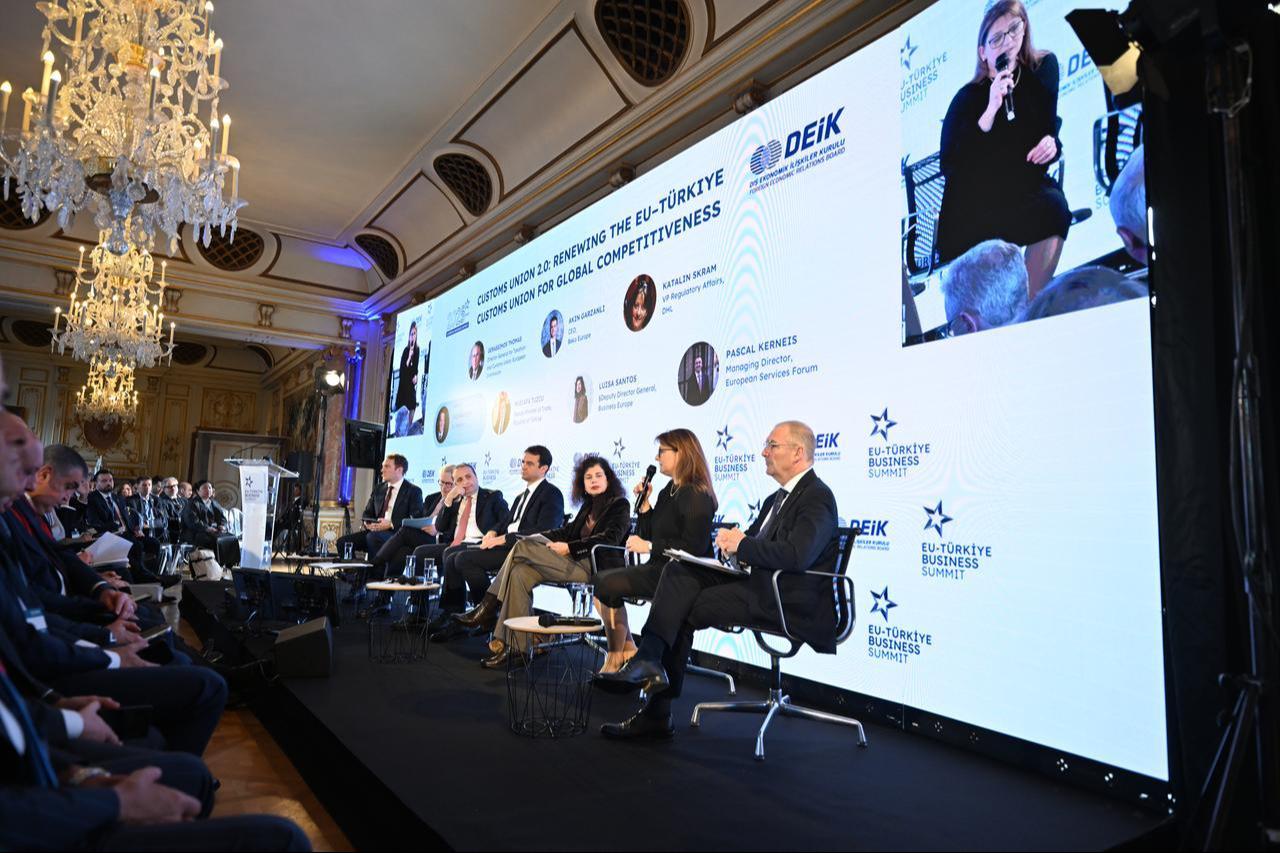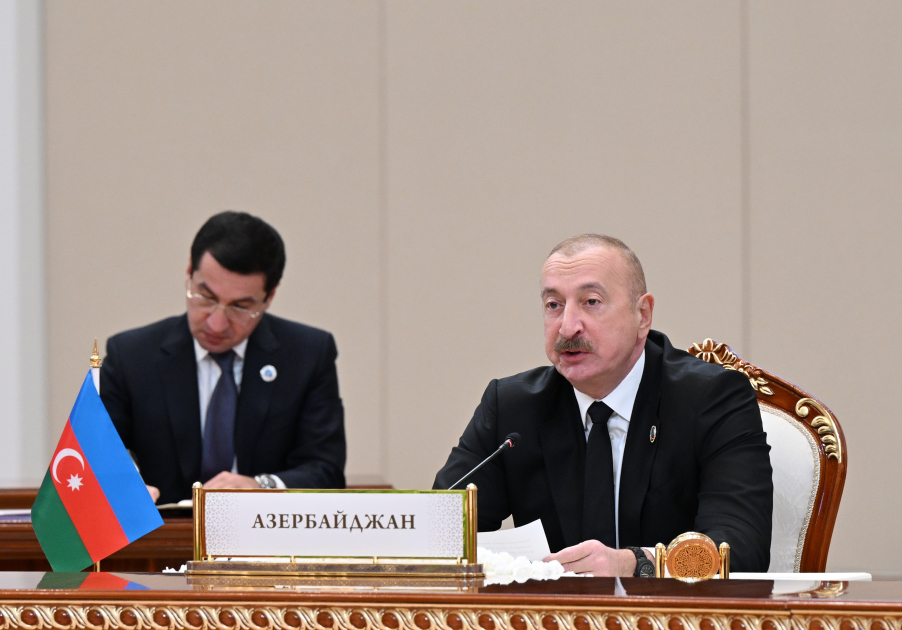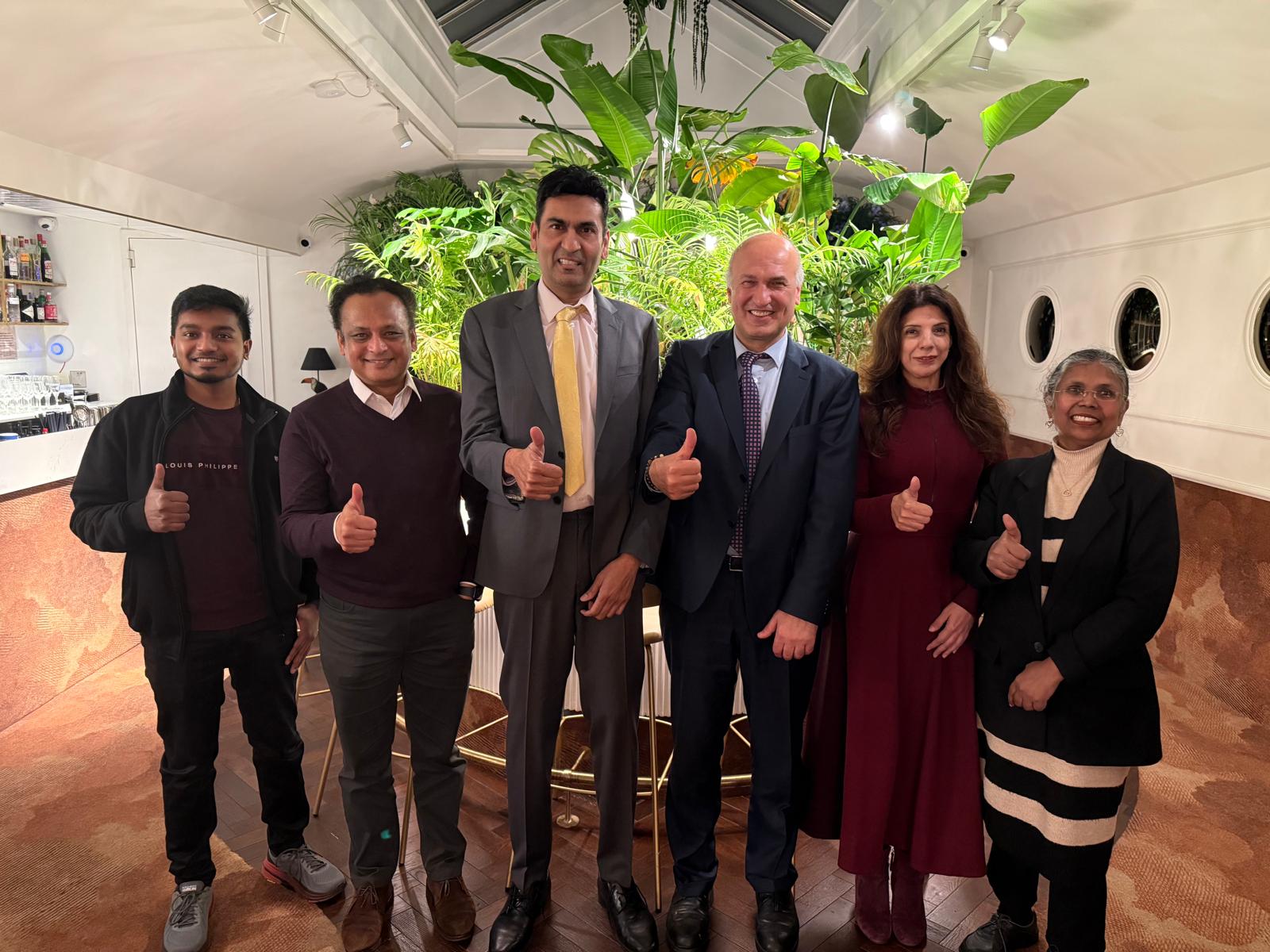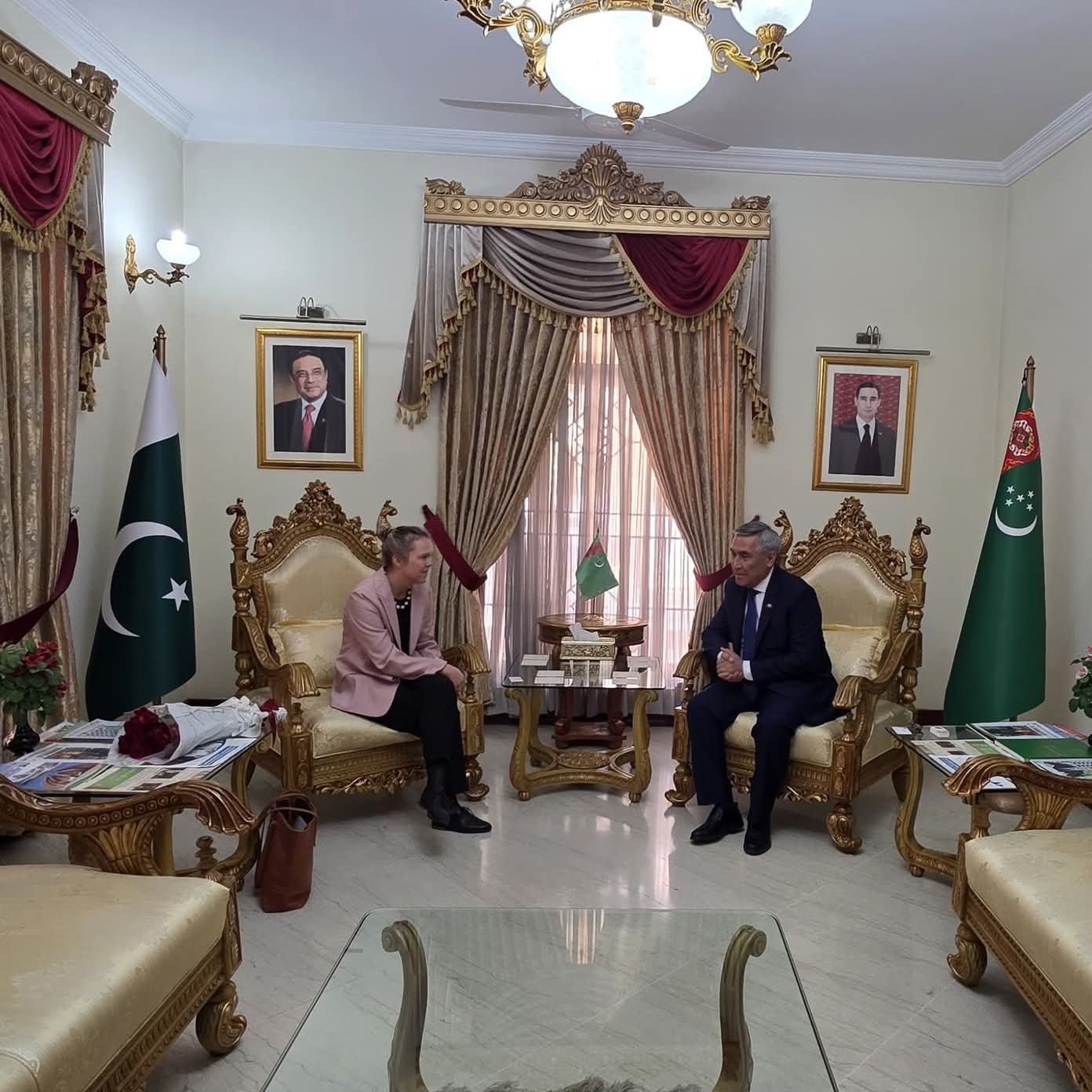There is a new vision for the next 10 years of the Belt and Road Initiative (BRI) as it celebrates its 10-year anniversary. This new vision aims ‘not just to build but to build better.’ In the coming years, the focus will be on ‘high-quality’ development that embraces green growth, advanced digital technologies, and resilient, responsive supply chains. From the rollout of the BRI as an ambitious infrastructural development, it is now evolving into a more grown, sophisticated global collaboration framework. There are blueprints that strategically place China’s developments as more than just roads and railways. Within a decade, the developments hope to be more inclusive, thoroughly advanced technically, and sustainably driven.
Greening the Belt and Road
From ecological investment identified in the latest BRI agenda as a primary focus, it seems as if the BRI was formerly critiqued for the primitive investment on ecological restoration. There are visible transformations towards climate and environmentally friendly infrastructures. Along with partner countries, China has increasingly invested in sustainable and ecological restoration as well as cleaner technologies like low carbon industrial developments.
Expansion of the Digital Silk Road
The BRI’s latest development is its readiness to cooperate digitally. It now encourages partnerships in artificial intelligence and blockchain, big data and the IoT. For developing nations seeking to expand their digital economies, China’s strong digital infrastructure and e-commerce experience is a plus. The BRI is no longer a mere physical trade network. It has evolved into a digital channel for the exchange of information, innovation and connectivity.
Strengthening Supply Chains in a Fragmented World
One of the most important problems the world faces today is the ability to maintain stable and diversified supply chains. Weakness in the global logistics system was exposed during the trade and pandemic disruptions. Part of trade and investment promotion focuses on the development of resilient supply chains and transport corridors, and the enlargement of free trade areas. In use, the China-Europe Railway Express has improved the circulation and traffic systems of the Region in the core of the Route. It is an important trade artery that simplifies the integration of Asia and Europe to supports and facilitates systemically improved integration trade and Europe. Over 79,000 freight trains comprising the Global Freight Network and serving more than 200 cities of 25 European countries contribute to the stabilization of global trade and reduction of transport time which is extremely important in modern trade.
A Broader Vision: Shared Prosperity, Not Sole Ownership
The BRI has shifted foreign aid and investment models from dependency to mutual and partnership gains. The new blueprint reaffirms a cooperative model that favors shared benefits, equal dialogue, and win-win outcomes.
China’s over 150 agreements with over 150 countries and 30+ international organizations is a testimony to its global reach. The initiative now covers more than 83 of countries with which China has diplomatic relations, indicating strong commitment to inclusive development. The BRI, especially, has been embraced in the Middle East and the Global South as a way to unlock growth opportunities that innovative models of developing aid offered. According to Hazem Ben-Gacem of InvestCorp, the BRI is gaining respect in the financial and political fields outside the West because its focus is on partnership, not dominance.
Financing the Future, Responsibly
The BRI has a primary focus on financing, making it the cornerstone of the initiative, which China’s financial institutions have set a lending window of ¥780 billion ($109 billion) to support the upcoming projects. However, the focus on debt-related concerns has shifted the initiative towards more easily managed and clear investments.
Now supporting projects that are “small and beautiful” in their economic viability, environmental impact, and local benefits, has emerged. This means that while infrastructure may slow down, there is Scale Focus while Sustainable Development continues to progress.
The shift towards green innovation and the prioritization of quality over quantity innovation reflects a strategic and sustainable approach towards international cooperation as the BRI infrastructure undergoes an evolution to not only serve the interests of China economically but to also serve the development needs of the partner countries governmental and BRI needs after its first decade.
The future success of the endeavor rests on how well the unaddressed issues of local participation, the framing of debt, the environment are resolved. 21st century global development needs something as responsive as the BRI which aspires to forge. And trust and fair, sustainable alliances. The disruption of the global interrelation of climate, economy, technology, and the paradox of responsibility and prosperity will craft the new BRI.

Participant of ICSF-UoS Fellowship Program 2025-26 at University of Sargodha.

